Ann Preston, M.D., Historical Marker
Introduction
Text-to-speech Audio
Images
Ann Preston started the Women’s Medical College of Pennsylvania in 1850.
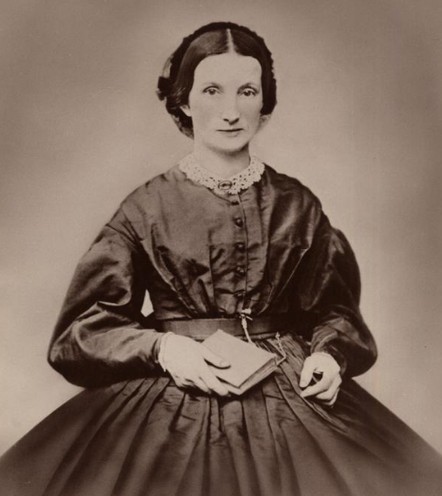
Ann Preston was from West Grove, Pennsylvania.
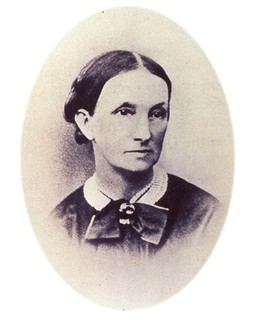
In 1850, the first medical college for women in the United States opened in Philadelphia. The college was named the Female Medical School of Pennsylvania.
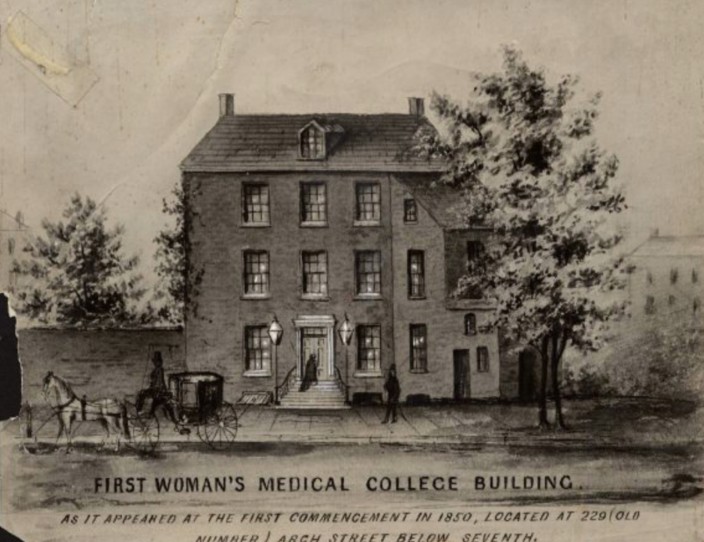
In 1862 the Women’s Medical College of Pennsylvania moved from its original location at 627 Arch Street to this building on North College Avenue next to the Women’s Hospital of Philadelphia (Mandell, Melissa).
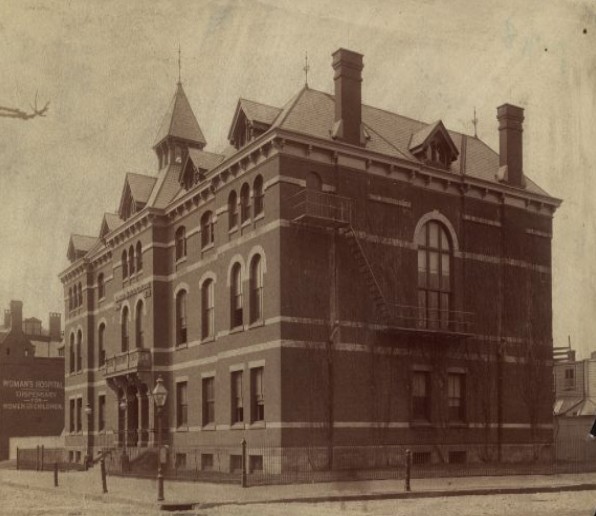
In 1930, the college moved to an even larger facility at 3300 Henry Avenue and in 1970, one hundred and twenty years after its founding, the Women’s Medical College of Pennsylvania decided to allow men and changed its. Name to Medical College of Pennsylvania and merged with Hahnemann University’s medical school. It ran through many different organizational structures and eventually became the Drexel University College of Medicine in 2002 (Mandell, Melissa).
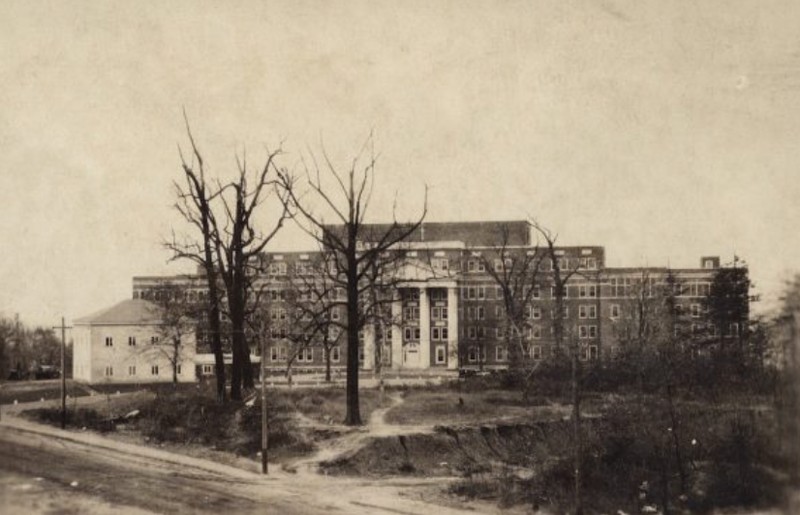
Ann Preston Marker in West Grove, PA
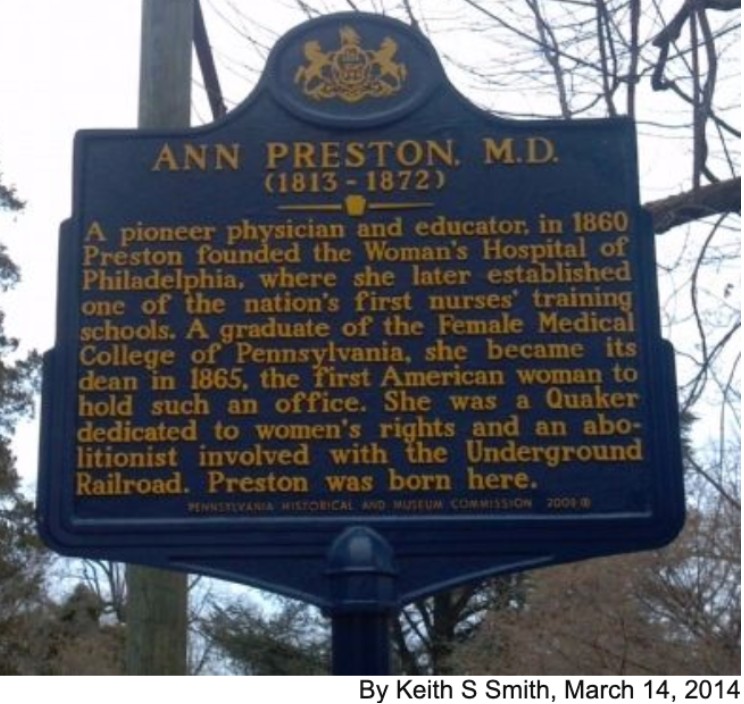
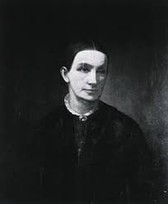
Backstory and Context
Text-to-speech Audio
Ann Preston attended her early childhood education at a local Quaker school in West Grove, Pennsylvania as well as at Friends boarding school in Chester, Pennsylvania. She did this until she had to return home to care for her family when her mother became ill. As Preston wanted to continue her education, she decided to attend lectures of the local literacy association and lyceum. She also became a member of the Clarkson Anti-Slavery Society and the temperance movement, where she wrote petitions and lectures for the Anti-Slavery Society (PeoplePill).
By the early 1840’s she had begun teaching physiology and hygiene to all-female classes, with a vision to educate women about their own bodies as well as their function. In 1847, she applied for an apprenticeship in medical education, working under Dr. Nathaniel R. Moseley. At this time, she started applying to four different medical colleges in Philadelphia, only to get turned away immediately due to her gender. Unfortunately, this was extremely common and at this time, all women who attempted to apply for medical school were rejected right away. However, this did not stop Ann and in March 1850, with her help, a group of Quakers founded the Female Medical College of Pennsylvania. Later that October, Ann enrolled in the first class. The following year, in December 1851, at age 38, she graduated. Following her graduation, she decided to stay for one year of postgraduate study and in 1853, she was assigned professor of physiology and hygiene (PeoplePill).
A few years later, in 1858, the Philadelphia Medical Society loudly expressed their concerns against the Female Medical College for excluding women from medical societies as well as educational clinics. From this, Ann Preston decided to do something about this injustice and brought together a group of "lady managers," who supported the issue and had money to help support the cause. They later funded and ran a woman's hospital where women were now able to be included in medical societies and educational clinics. The women’s hospital opened its doors in 1861 and two years later in 1863, Dr. Ann Preston established a school of nursing (Changing the Face of Medicine | AnnPreston) The purpose of this Hospital was: "establish in the City of Philadelphia a Hospital for the treatment of diseases of women and children, and for obstetrical cases; furnishing at the same time facilities for clinical instruction to women engaged in the study of medicine, and for the practical training of nurses; the chief resident physician to be a woman.".
In 1866, Dr. Ann Preston became the first woman dean of the Woman's Medical College, and then in 1867 was elected to the college board. In 1868, still determined to improve the educational opportunities, especially those of her students, she reasoned with Philadelphia Hospital, Blockley to allow her students to attend the general clinics there. And in 1869 she made a similar arrangement with the Pennsylvania Hospital (Yurtoğlu, Nadir).
The Woman’s Medical College of Pennsylvania was originally called the Female Medical College of Pennsylvania. The name changed to Woman’s in 1867 and the associated Woman’s Hospital of Philadelphia was founded in 1861. In 1970, men were allowed to be admitted so it was renamed once again to Medical College of Pennsylvania. In 1930, the campus combined teaching and the clinical care of a hospital. It then became the first purpose-built hospital in the nation. Later, in 1993 the college/hospital merged with Hahnemann Medical School and finally was taken over by Drexel University College of Medicine in 2003 (Irimia R, Gottschling M).
In Ann later life she became extremely sick with articular rheumatism. She still worked through this with small restrictions. She stayed strong and continued to support her students into becoming strong women. On April 18th, 1872 Ann passed away in Philadelphia leaving her mark on the world. Ann left her savings to the college to help continue supporting women who want to try changing the world. According to Steve Peitzman, “it is generally agreed that [Dr. Preston’s] inspiration and leadership carried the school from its tremulous beginnings to its first years of stable credibility,” (Peitzman, page 45).
Ann Preston was an abolitionist and her community, The Chester County Quaker Community, was passionately abolitionist and pro-temperance. The Preston family farm, Prestonville, was known as safe place for escaped slaves. And, as the dean of the Woman’s Medical College, Dr. Ann Preston was also the first to admit women regardless of any race (PeoplePill).
Sources
“Ann Preston, M.D. Historical Marker.” Historical Marker, 4 Jan. 2020.
Ann Preston. (2021, March 19). Retrieved May 18, 2021, from https://en.wikipedia.org/wiki/Ann_Preston
Bacon, Margaret Hope. “Ann Preston - Pioneer Woman Doctor.” Women In Medicine Magazine.
“Changing the Face of Medicine | AnnPreston.” U.S. National Library of Medicine, National
Institutes of Health, 3 June 2015.
Encyclopedia of Greater Philadelphia. (n.d.). Retrieved May 18, 2021, from https://philadelphiaencyclopedia.org/archive/nursing/womans-hospital-of-philadelphia-at-2137-north-college-avenue/
Foster, Pauline Poole. “ANN PRESTON, M.D. (1813-1872): A BIOGRAPHY.
ScholarlyCommons.
“Irimia R, Gottschling M. “Biodiversity Data Journal 4”, 2016.
PeoplePill. “Ann Preston: Philadelphia Physician (1813-1872) - Biography and Life.”
Philadelphia area Archives research Portal (PAARP). (n.d.). Retrieved May 18, 2021, from http://dla.library.upenn.edu/dla/pacscl/ead.html?id=PACSCL_DUCOM_DUCOMWMSC537
“Preston, Ann (1813–1872).” Women in World History: A Biographical Encyclopedia,
Encyclopedia.com, 13 Feb. 2020.
Yurtoğlu, Nadir. “History Studies International Journal of History”, vol. 10, no. 7, 2018, pp.
241–264.
Foster, Pauline Poole. ANN PRESTON, M.D. (1813-1872): A BIOGRAPHY. THE STRUGGLE TO OBTAIN ....
http://www.womeninmedicinemagazine.com/profile-of-women-in-medicine/ann-preston-pioneer-woman-doctor
https://www.britannica.com/biography/Ann-Preston
https://philadelphiaencyclopedia.org/archive/womans-medical-college-of-pennsylvania/#23074
https://philadelphiaencyclopedia.org/archive/womans-medical-college-of-pennsylvania/
https://philadelphiaencyclopedia.org/archive/womans-medical-college-of-pennsylvania/
https://www.hmdb.org/map.asp?markers=72326,135755,39128,52068,50604,61971,136654,145814,102683
https://en.wikipedia.org/wiki/Ann_Preston
